I need to read a table that is a .tsv file in R.
test <- read.table(file='drug_info.tsv')
# Error in scan(file, what, nmax, sep, dec, quote, skip, nlines, na.strings, :
# line 1 did not have 10 elements
test <- read.table(file='drug_info.tsv', )
# Error in scan(file, what, nmax, sep, dec, quote, skip, nlines, na.strings, :
# line 1 did not have 10 elements
scan("drug_info.tsv")
# Error in scan(file, what, nmax, sep, dec, quote, skip, nlines, na.strings, :
# scan() expected 'a real', got 'ChallengeName'
scan(file = "drug_info.tsv")
# Error in scan(file, what, nmax, sep, dec, quote, skip, nlines, na.strings, :
# scan() expected 'a real', got 'ChallengeName'
How should I read it?
